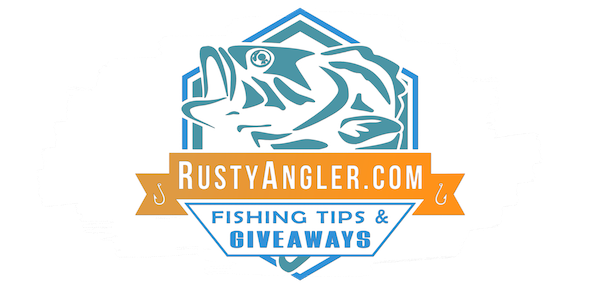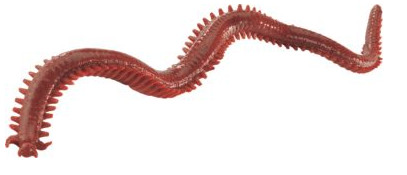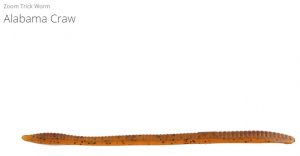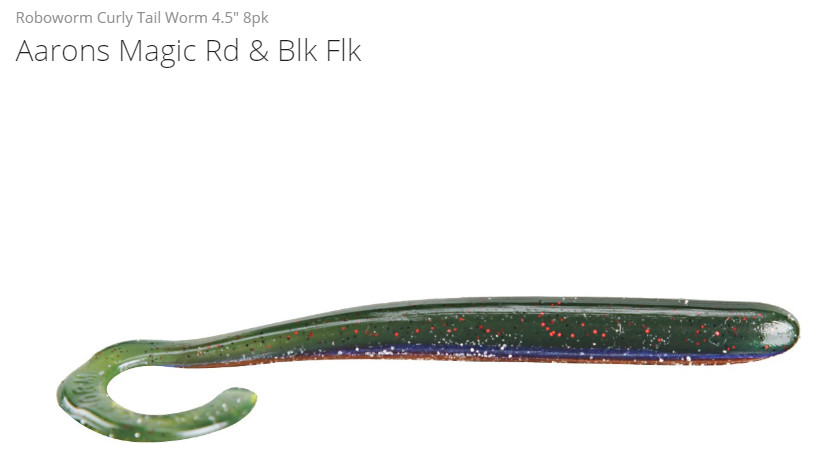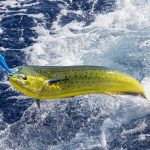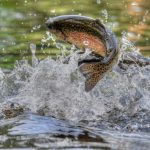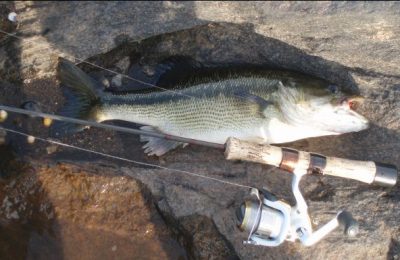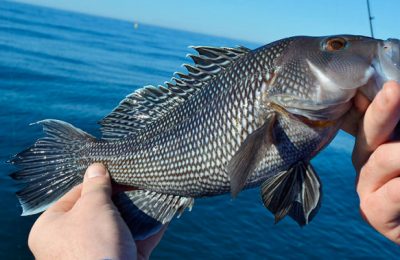Senko Worm – Not All Worms are Created Equal
In the world of fishing, there are few more iconic images than the young boy digging up a cup full of worms to bait his hook. Worms and fishing simply go together. The types of fishing worms you choose will decide what type of haul you’re bringing home.
There are red worms, nightcrawlers, wax worms and meal worms. Those are just a few of the live bait worms. When it comes to artificial bait, there are many types of fishing worms, and not all of them work the same.
Out of all types of fishing worms, none have revolutionized the fishing world quite the same way as the Senko worm. Created by Gary Yamamoto, the Senko finds beauty in simplicity.
With its wide range of uses and subtle natural action, the Senko worm has quickly become a favorite with anglers across the globe. It may look like a thick, round worm, but the salt-impregnated body drives fish mad. When rigged weightless, the Senko worm falls with a seductive side-to-side tail action.
That being said, Yamamoto created the Senko worm while trying to decide which types of fishing worms would give him the best action for bass fishing. In other words, there are a lot of options out there alongside Yamamoto’s masterpiece.
Big ones, little ones…
In the world of fishing worms, there are a large variety of options, sizes, colors, and shapes. So what’s the savvy angler to do? Well, perhaps Rusty Angler can offer some clarification on which ones to choose.
Most artificial, plastic worms are defined by the type of tail they use. There are several variations, but most can be funneled into one of four categories:
- ribbon tails
- paddle tails
- curly tails
- straight tails
Ribbon Tails
Ribbon tails have the best results after spawning season through the summer. Throw the ribbon tail on a line anytime you’re fishing in brush or grass. This worm’s tail resembles the swimming action of baby snakes, which is an especially good choice for southern lakes.
Paddle Tails
Paddle tails are best for grass-filled lakes or any other water with matted grass or lily pads. It is a great lure for swimming over the vegetation. If there are open pockets in the vegetation that paddle tail can reel across the grass and drop into the hole, this is the lure for you.
Curly Tails
Curly tails are large, ribbon tailed worms that are great lures for catching spotted bass. Try this style of worm when bass are holding over the top of submerged weeds or rock ledges.
Straight Tails
Straight tails are known as “finesse worms” and require more patience and understanding than most other worms. However, they are often the most successful worms and are a great addition to
Worms like the Zoom Trick Worm, Drop Shot Worms, and the aptly named Wacky Worm, are all straight tailed finesse worms. They mimic freshly dug worms and attract fish of all types.
Coffee, Robots, and Bulls – What’s are the Best Types of Fishing Worms?
For those who need a little edge, try the Berkley Gulp Extruded Nightcrawler 6.” This medium sized worm is infused with scent pockets to entice fish into the strike zone.
Along the same lines is the Bull Worm. This one is infused with coffee to mask any human scent. Perhaps it’s the fish version of Starbuck’s, but it certainly seems to work.
The Angler’s Choice 4.0 Cross Hair Worm offers a new twist on an old variant. This worm has a drop head that allows for more action as the worm sinks, adding movements that entice fish to investigate.
Finally, there’s the Roboworm. While this may bring up images of electronic, robotic, worms, that is fortunately not the case. Also, the Roboworm Fat Straight Tail Worms and newly released Ned Worms work so well they might as well have laser beams on their heads.
Speaking of heads, the best worm is useless without a good hook. There are a variety of good worm hooks out there, but the best known and respected is the Eagle Claw lazer sharp finesse worm hook.
Made specifically for worms, this hook is ideal for almost any worm through which it is placed. The best way to rig it? Well, few would argue that the best is a Texas Rig worm.
The most common method of rigging a plastic worm is the Texas Rig. It is a quick and simple technique to fish artificial worms. An original Texas Rig worm has the point of the hook pinned back into the body of the worm to make it weedless, along with a bullet weight on the line ahead of the hook.
There are many variations of this rigging style, and most anglers will swear their way is the best. That being said, each of them works well and each angler can fiddle with variations forever.
When your line is rigged-up and ready to fish, look for a bank with fish holding cover and cast beyond any likely looking spots. Let the rig settle to the bottom, then slide, shake, or drag the worm through the area back to the boat or shore.
This recreates a natural movement and the wriggling, dragging motion is one that bass, in particular, find hard to resist.
Free Fishing Gear Giveaways
Rusty Angler believes in fishing giveaways to get free fishing gear. It’s simple to enter and everyone has an equal chance at winning!
So grab some gear and decide on your types of fishing worms to catch that bass. Learn more about the best bass lures, too. Those fish are out there and they sure aren’t going to catch themselves.
